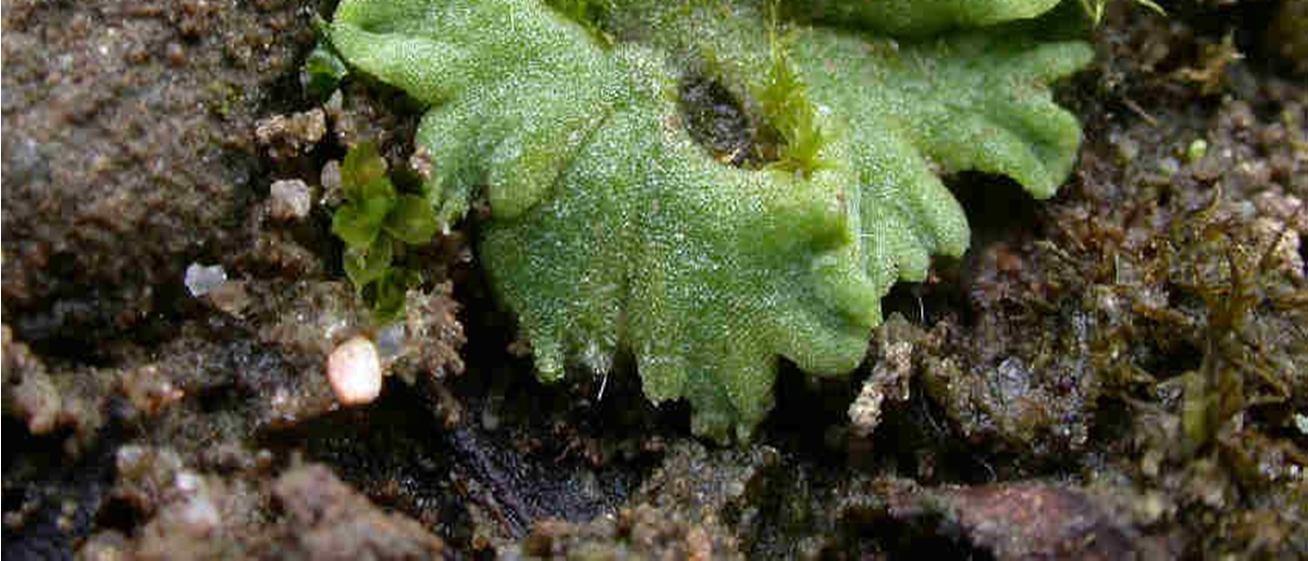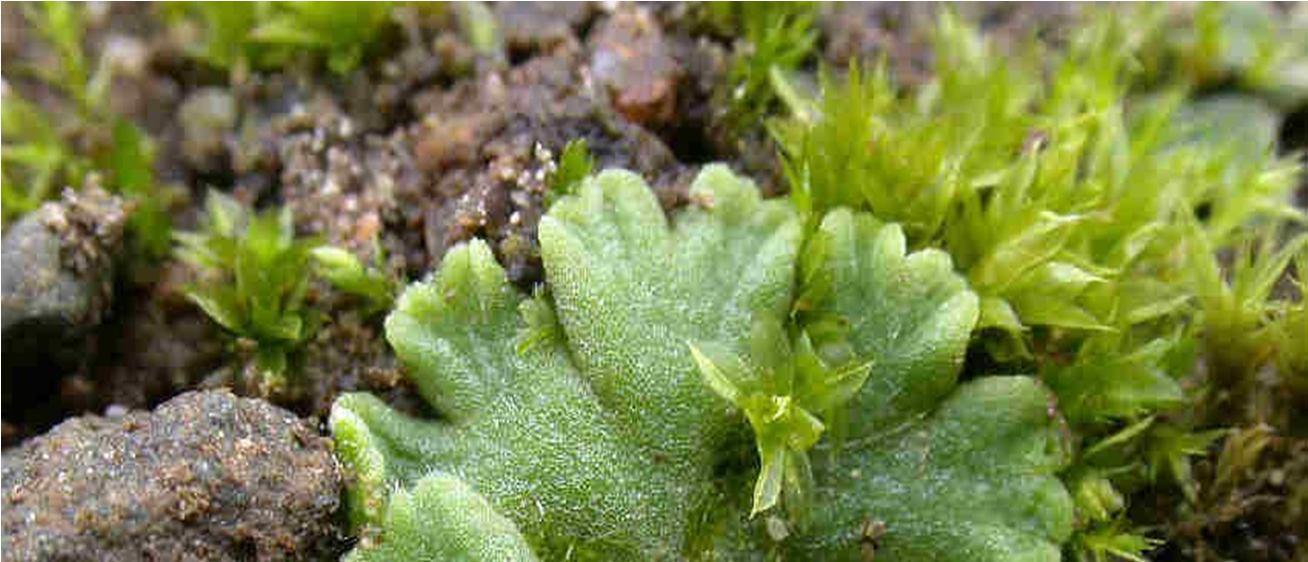
4 minute read
International Journal for Research in Applied Science & Engineering Technology (IJRASET)

ISSN: 2321-9653; IC Value: 45.98; SJ Impact Factor: 7.538
Advertisement
Volume 11 Issue II Feb 2023- Available at www.ijraset.com
C. Mosses
Mosses show the highest biodiversity with species number estimates between 10,000 and 15,000. In India, mosses are represented by 2,300 species in 330 genera. Peat mosses are one of the most important groups of mosses from an ecological and economic point of view.
III. HABIT AND HABITAT DIVERSITY
Moss plants are typically smaller than maximum different vascular plants. Dawsonia superba is the tallest moss, reaching a height of up to 70 cm; Polytrichum commune grows in humid conditions and can reach a height of 50 cm. Other hanging mosses such as Meteoriopsis spp. and the water moss Fontinalis spp. They can reach a height of up to 1 meter. Some of the Bryophytes are quite small; the smallest tiny Cephalooziella plants are visible only under the microscope and some mosses such asMicromittrium species. Moist evergreen forests have a variety of microhabitats. Bryophytes are important components of temperate and tropical forests where they are found as carpets on damp soil, boulders, living and dead trunks, hanging from branches and on leaves. The distribution of mosses is first influenced by microclimatic factors, i.e., precipitation and temperature, latitude and altitude (Sveinbjörnsson and Oechel 1992), and by micro-environmental conditions such as shade, moisture, humus and temperature (Alpert 1991). The moss vegetation can be influenced by additional factors, e.g. soil age, rock, forest soil composition, moisture content (Sillett and Neitlich 1996) and by substrate such as pH and humus status (Batty et al.).2003). Bryophytes have a special nature to grow in specific habitats such as B. preferred rocks, special barks, rotted logs and stumps, in soils that have adequate moisture and humus, exposure and pH. The moss carpet on the forest floor provides a suitable substrate for seed germination and seedling growth of higher plants. Many Sphagnum species are aquatic and will eventually form swimming pairs. Riccia fluitans is also an aquatic moss. The special thing about mosses is that they absorb water in a short time and become fresh when they dry out under unfavorable conditions, which is why they are also called "resurrection plants". Mosses like Sphagnum species are able to change their environment and thus influence the life of other organisms.
IV. BRYOPHYTES OF SPECIEAL HABITATS

1) Epiliths (Saxicolous): Some mosses that only grow on rocks have some adaptation and special requirements, perhaps for a more permanent habitat, need less water and their adaptability to grow on such substrates.
2) Xerophytic Mosses: They are able to colonize moving sand. Under unfavorable conditions they remain buried in the ground and can reappear shortly after a rain or humidity shower.
ISSN: 2321-9653; IC Value: 45.98; SJ Impact Factor: 7.538

Volume 11 Issue II Feb 2023- Available at www.ijraset.com
A. Bryophytes Association With Animals
The extent to which different taxonomic groups share similarities in diversity patterns has attracted increasing attention, but such studies of stream biota are lacking. The environment correlates patterns of species richness of mosses, micro-invertebrates and fish in streams. Bryophytes and micro-invertebrates showed the highest degree of similarity, but even this relationship had relatively weak predictive power. The growth forms of the mosses play an important role as a shelter for other organisms. Therefore, they form an attractive habitat for many invertebrates that get shelter, sustenance from them even in adverse conditions, e.g., Frullania and Herbertus harbor a range of rotifers, nematodes, invertebrates and algae in their lobes. Some, aquatic mosses are the best habitats for snails to lay eggs. Insects suck the sap from the cells of gametophores and sporangia. Spiders, mites, centipedes, centipedes and ants find shelter here within these mosses. This invertebrate activity within the moss supports the circulation of minerals that fuel the growth of this vegetation. Some insects transport the spores from the mature sporangia to the nitrogen substrate, where this spore can germinate and grow. Many birds use mosses to build their nests. Shoots of pleurocarp moss collected by birds to build their nests because these mosses are lighter compared to others Vegetation and are easy to weave and isolate into the desired pattern. In relation to alpine regions, mosses are a suitable habitat for lichens.
B. Ecological Importance
Bryophytes have a variety of uses. Some of the important uses of mosses are listed below:
Pioneer colonizers in succession Mosses colonize dry soils that are poor in nutrients and where no other plant can/p>grow. After a long rest, these moss colonies have accumulated an organic layer on this sterile soil that supports the growth of microorganisms. These microbes change the mineral state of the substrate and the site becomes Suitable for the establishment of other vegetation. This creates a new sequence with the change of humidity, lighting regime and with the decomposition of the wood.
Pollution and Heavy Metals Indicators Bryophytes are bioindicators of air and water pollution and heavy metal accumulators. Under such disturbed environmental conditions (air pollution), moss, lichen and liverwort communities decrease over a period of time.
C. Threats To Bryophytes
Developmental activities result in habitat loss at both macro and micro levels. The root cause these lower plants threaten the clearing of the forest to convert it to agricultural land and other means such as shelter, sanitation, road, dam, etc. All these activities are entirely responsible for the habitat loss of the mosses. Global warming is making the climate arid, moisture loss and a drier microclimate are responsible for the loss of mosses. Unplanned forest management further increases the loss of these valuable lower plants by knowledge.
The wildfire, whether natural or man-made, causes a subsequent drought that affects the growth of mosses and other plants. According to Hilton-Taylor (2000), 36 species of Bryopsida, 2 of Anthocerotopsida and 42 of Marchantiopsida are threatened and 2 species of Bryopsida and 1 Marchantiopsida species are extinct.
Some of the causes threatening moss diversity are listed below:
1) Land use Change
2) River Valley Projects.
3) Invasion of exotic species.
4) Climate change.
5) Road construction.
V. CONCLUSION
Mosses, liverworts, and hornworts are the three types of non-vascular plants that make up the bryophytes, an unofficial division of plants. The absence of actual roots, stalks, and leaves is one of mosses' distinguishing characteristics. The rhizoids also act as roots, ultimately holding the plants to the ground. Rhizoids do not, however, absorb nutrients like conventional plant roots. For mosses to flourish and spread, a high humidity climate or closeness to a body of water is crucial. However, several moss species are known to thrive in deserts and other arid and semi-arid conditions.
They may entirely dry up and enter a state of suspended animation in such circumstances. They resurrect and carry on growing when they come into contact with water once more



